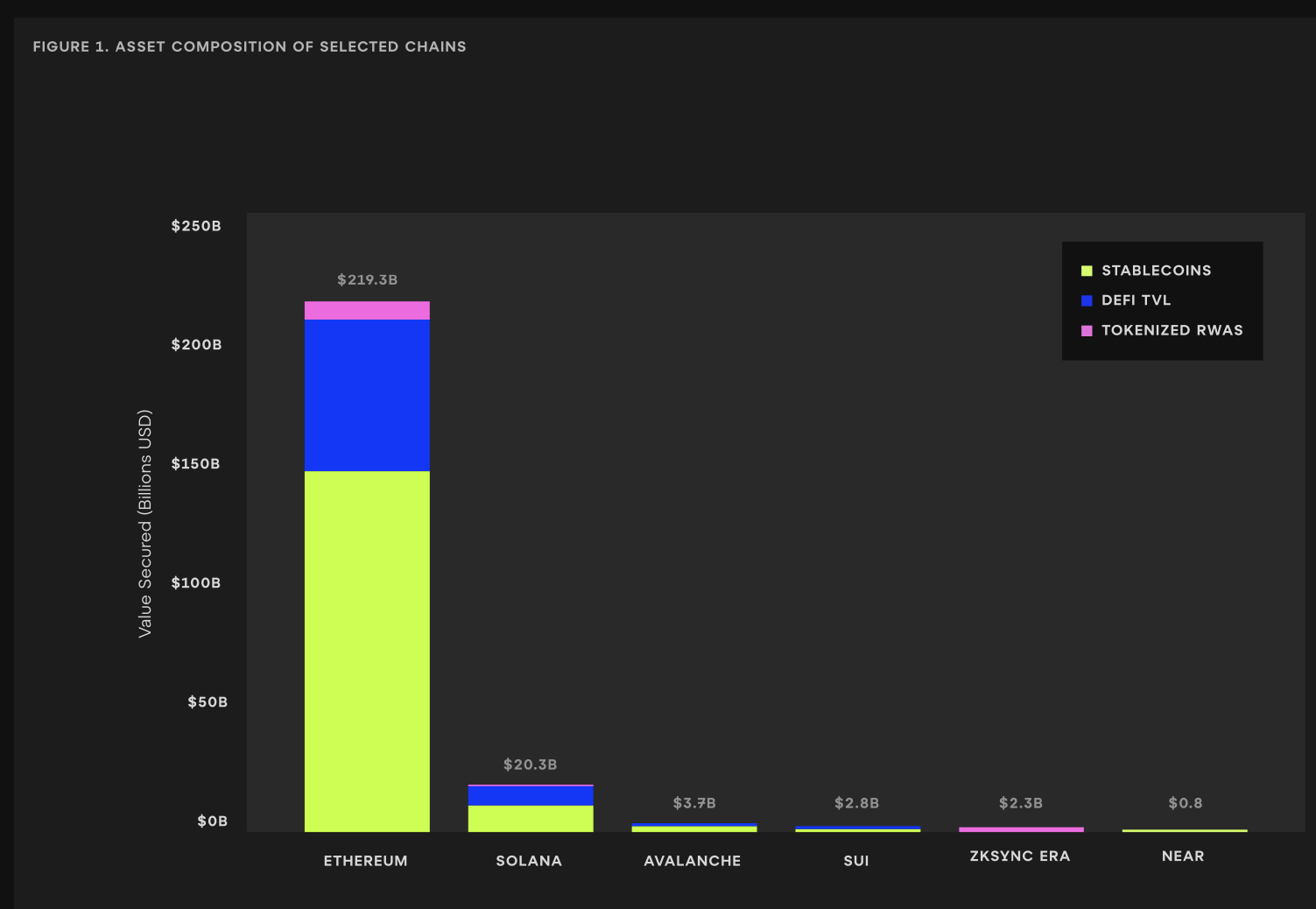Ethereum is evolving into the foundational layer for global finance and digital assets, with experts predicting growth driven by scalability, institutional adoption, and innovative decentralized applications over the next decade.
-
Ethereum’s next decade will see it transform from a smart contract platform into the base layer of the global economy.
-
Institutional confidence is growing, with companies like GameSquare investing heavily in Ether due to its community and composability.
-
Layer-2 solutions and real-world data integration will enhance Ethereum’s scalability and accessibility for developers and enterprises.
Ethereum’s 10-year milestone highlights its future as a financial and digital infrastructure powerhouse. Discover key insights and expert forecasts now.
How Will Ethereum Evolve as the Backbone of the Global Economy?
Ethereum is set to become the foundational infrastructure powering the digitization of assets and commerce worldwide. According to Consensys chief economist Mallesh Pai, the platform will transition from a smart contract leader to the base layer for the global economy, driven by stablecoins and asset tokenization. This evolution depends on both existing contributors and new institutional builders shaping the ecosystem.
What Role Does Institutional Adoption Play in Ethereum’s Future?
Institutional adoption is a critical growth factor. Digital media company GameSquare’s CEO Justin Kenna emphasizes Ethereum’s credibility as a long-term digital asset aligned with internet evolution. Despite competition from other blockchains, Ethereum’s robust community and composability make it the preferred infrastructure for global brands, payments, and digital identity systems.

How Will Scalability and Data Integration Shape Ethereum’s Next Phase?
RedStone co-founder Marcin Kaźmierczak highlights Ethereum’s future as a foundational layer for institutional finance and real-world asset tokenization. Advances in Layer-2 scaling, base layer improvements, and new Virtual Machines will make Ethereum more accessible and scalable. The platform’s success will be measured by its seamless integration into global finance, becoming invisible yet essential.
What Does Enterprise Migration Mean for Ethereum?
Optimism’s head of product, Sam McIngvale, forecasts a decade where enterprises migrate onchain, building vertically integrated infrastructures atop Ethereum. Regulatory clarity is enabling payments firms and fintechs to develop robust, secure, and flexible solutions, positioning Ethereum as the enterprise blockchain of choice.
How Will Ethereum’s Builder Community Influence Its Long-Term Success?
Nemil Dalal from Coinbase stresses that Ethereum’s future depends on its vibrant builder community and usability improvements. He envisions Ethereum enabling new use cases such as AI-driven transactions, enriched onchain social networks, and immersive gaming experiences. The community’s continuous innovation and experimentation remain the platform’s greatest strength.
What Are the Key Trends Driving Ethereum’s Evolution?
- Digitization of assets: Stablecoins and tokenized real-world assets will drive economic activity on Ethereum.
- Layer-2 scaling: Enhanced scalability solutions will reduce costs and improve user experience.
- Institutional adoption: Enterprises and fintechs will increasingly build on Ethereum’s secure infrastructure.
- Developer innovation: The community will pioneer new applications, from AI to gaming.
| Aspect | Current Status | Future Outlook |
|---|---|---|
| Smart Contract Platform | Leading globally | Base layer for global economy |
| Scalability | Layer-2 solutions emerging | Seamless, enterprise-grade scaling |
| Institutional Adoption | Growing interest | Mainstream enterprise integration |
Frequently Asked Questions
What is Ethereum’s role in the future of digital finance?
Ethereum is evolving into the foundational infrastructure for digital finance, enabling asset tokenization, decentralized applications, and enterprise blockchain solutions that will reshape global commerce.
How does Ethereum plan to address scalability challenges?
Ethereum is advancing Layer-2 scaling technologies and base layer improvements to reduce transaction costs and increase throughput, making the network more accessible for developers and users.
Key Takeaways
- Ethereum’s evolution: From smart contracts to the backbone of the global economy.
- Institutional growth: Increasing adoption by enterprises and fintechs.
- Scalability advances: Layer-2 and base layer improvements will drive usability.
- Community innovation: Builders remain central to Ethereum’s ongoing success.
Conclusion
Ethereum’s first decade laid the groundwork for a transformative future as a global financial and digital infrastructure. With strong institutional support, ongoing scalability enhancements, and a dedicated builder community, Ethereum is poised to become an indispensable platform shaping the next era of decentralized innovation and economic digitization.
